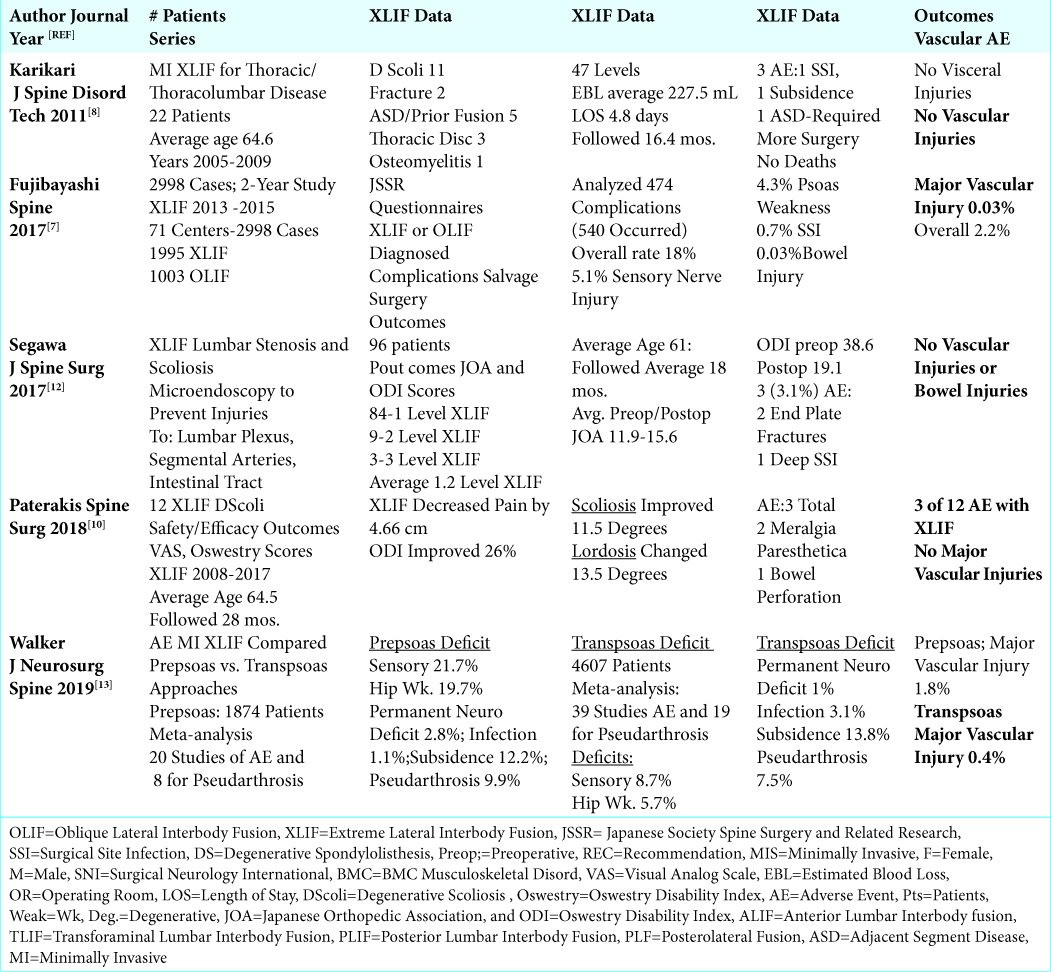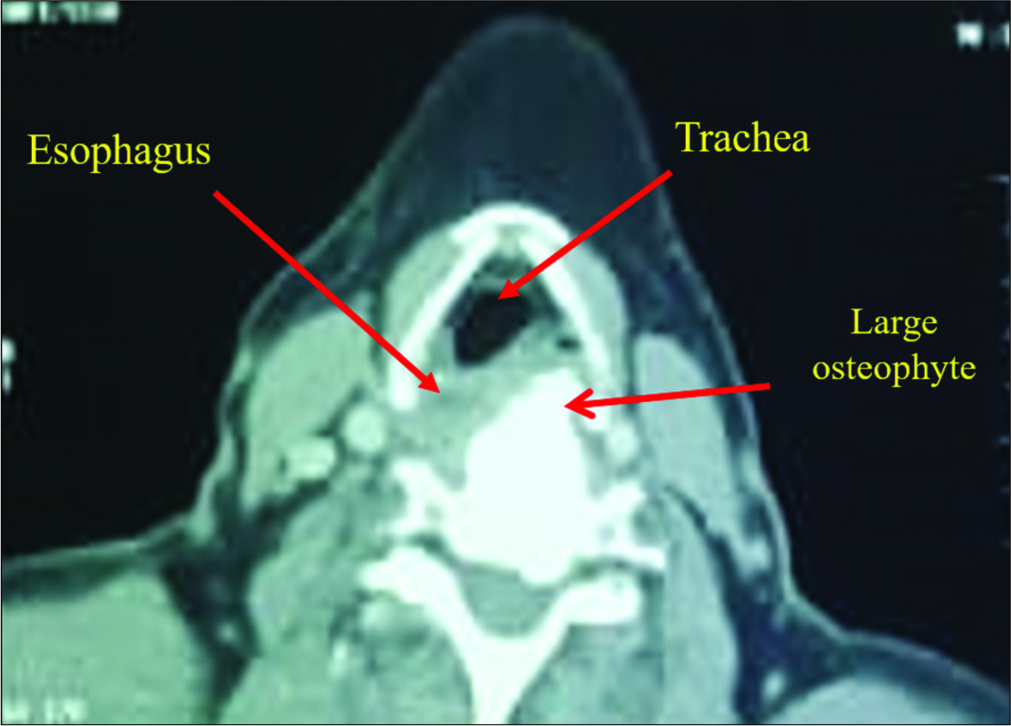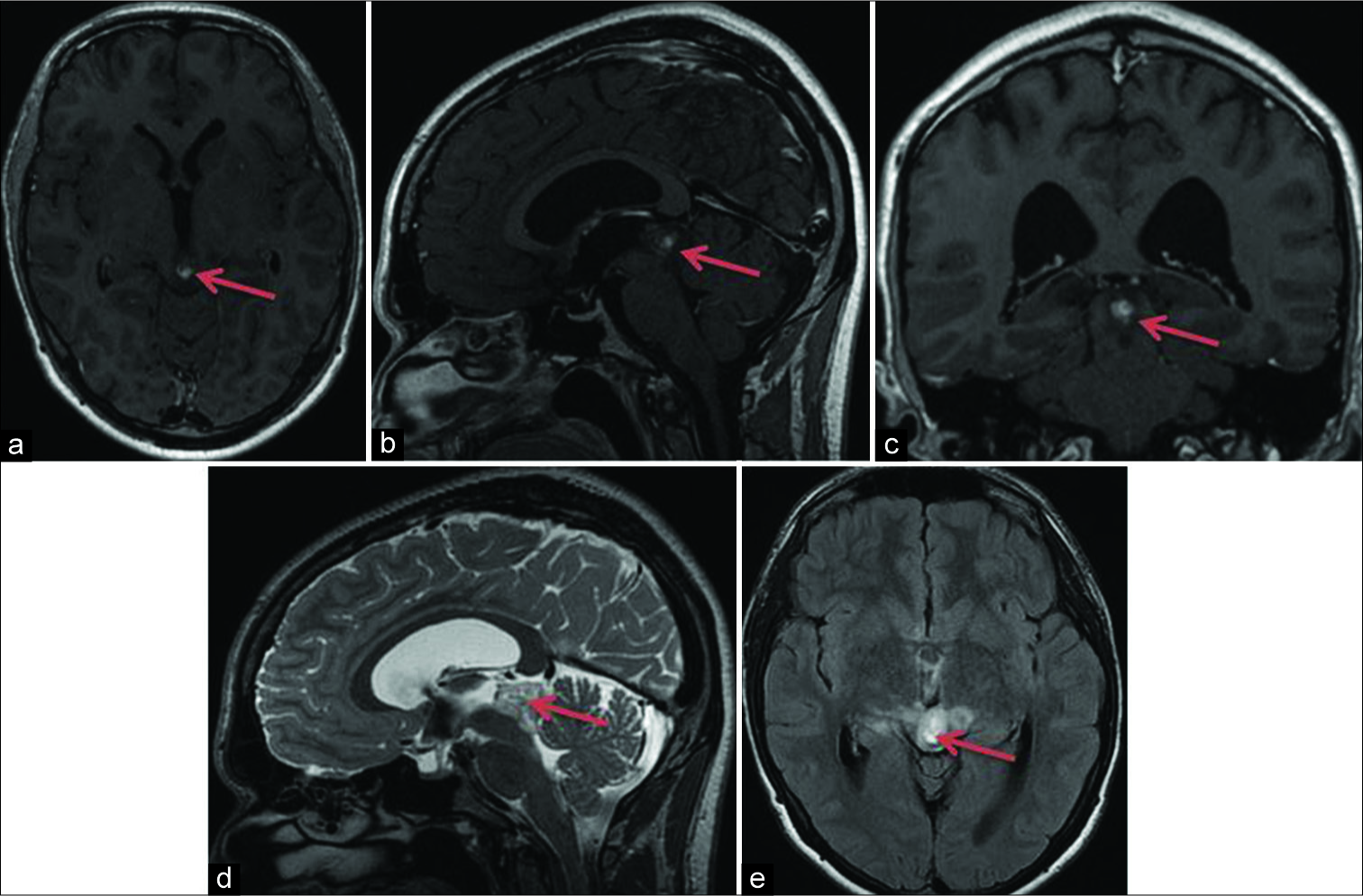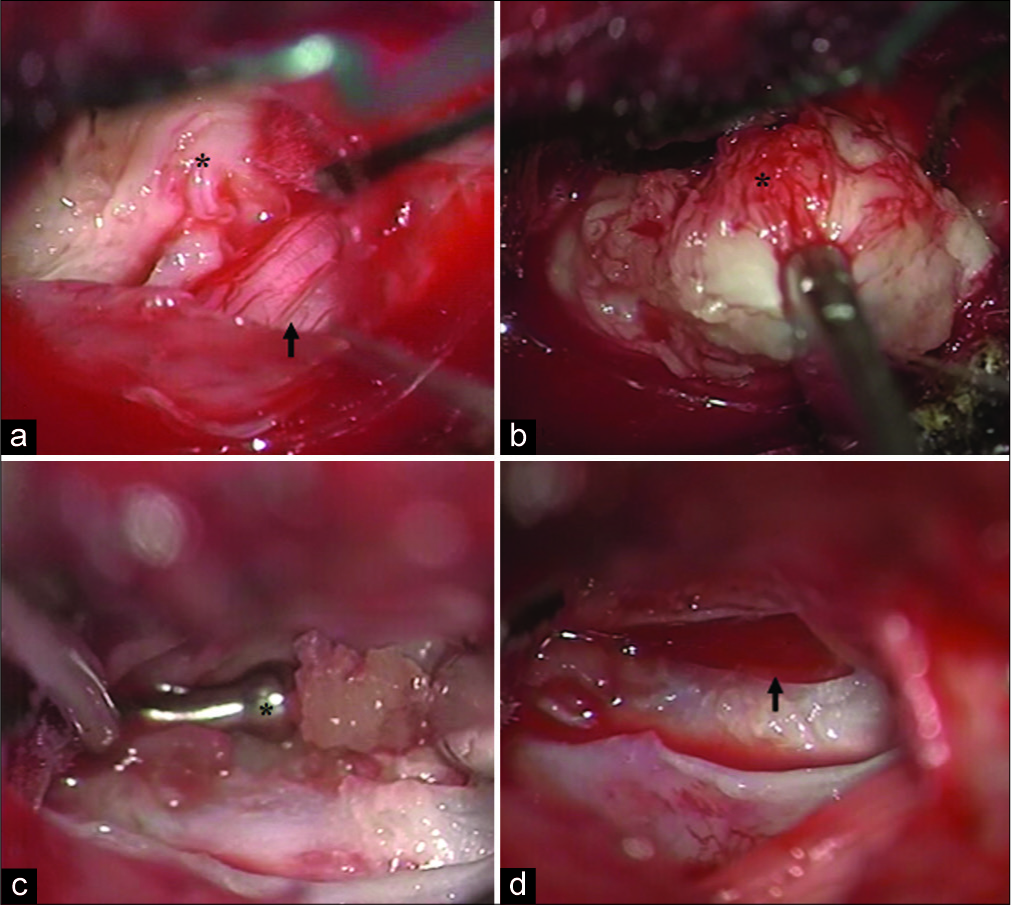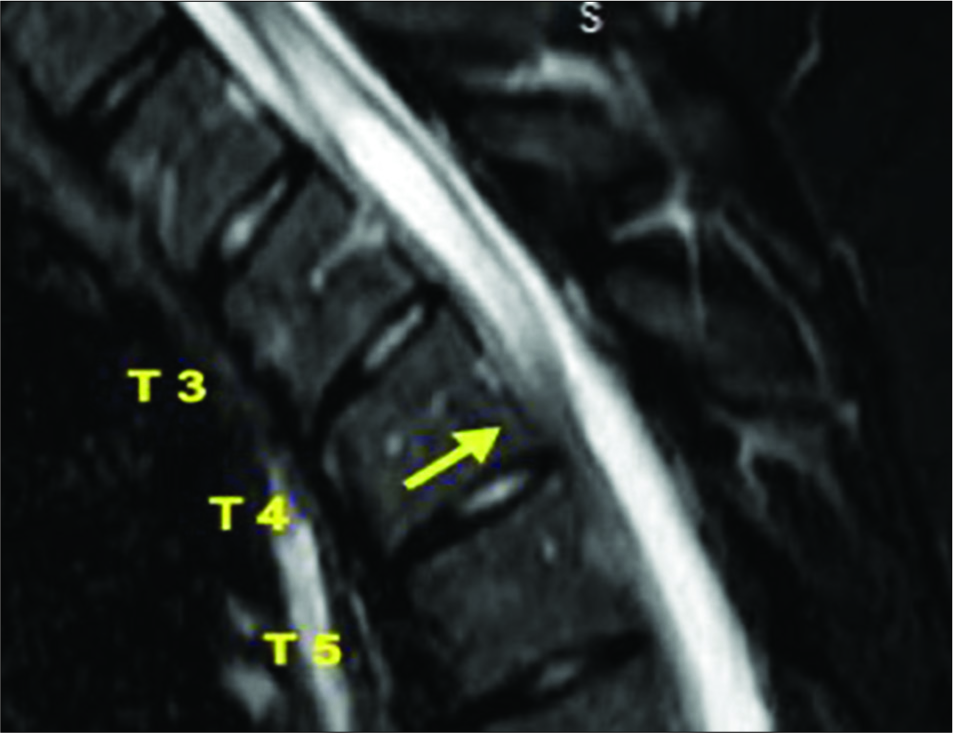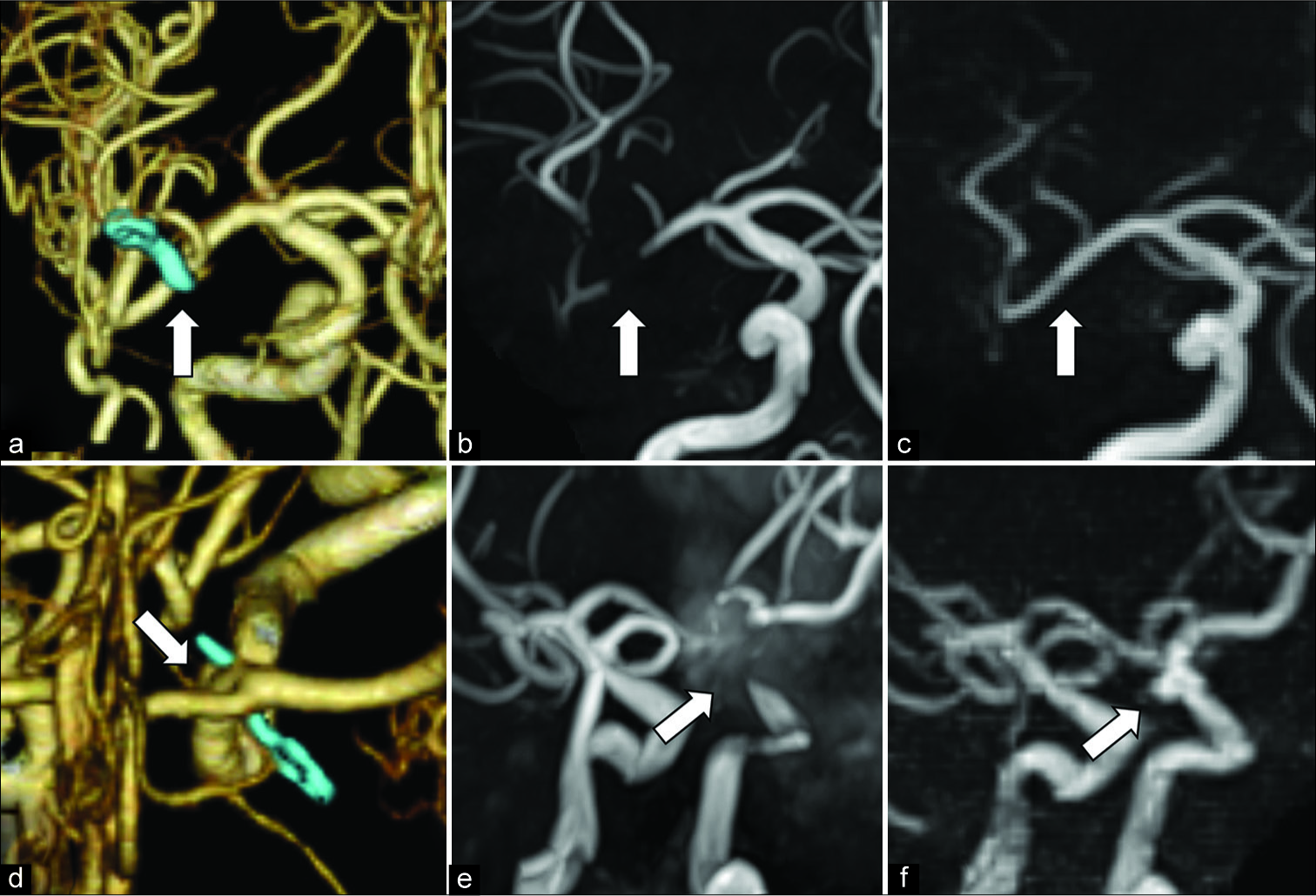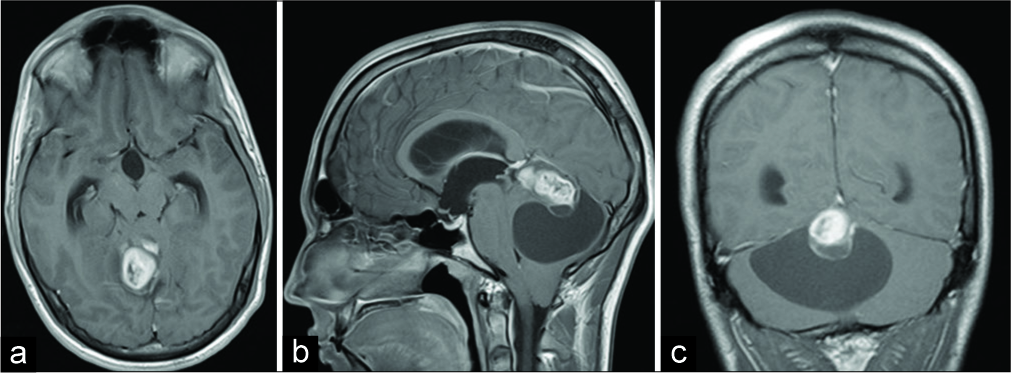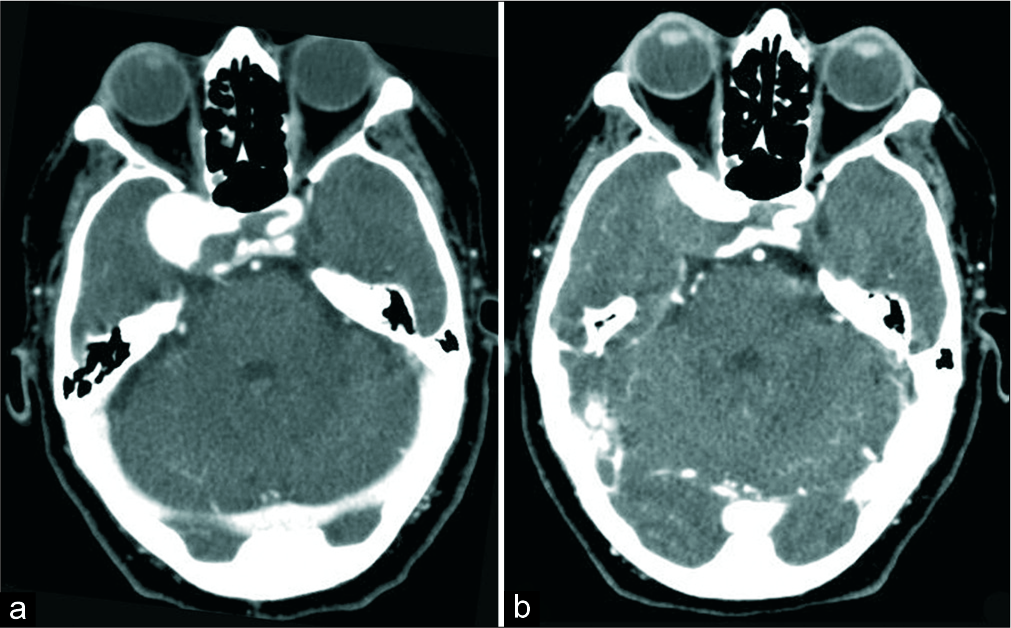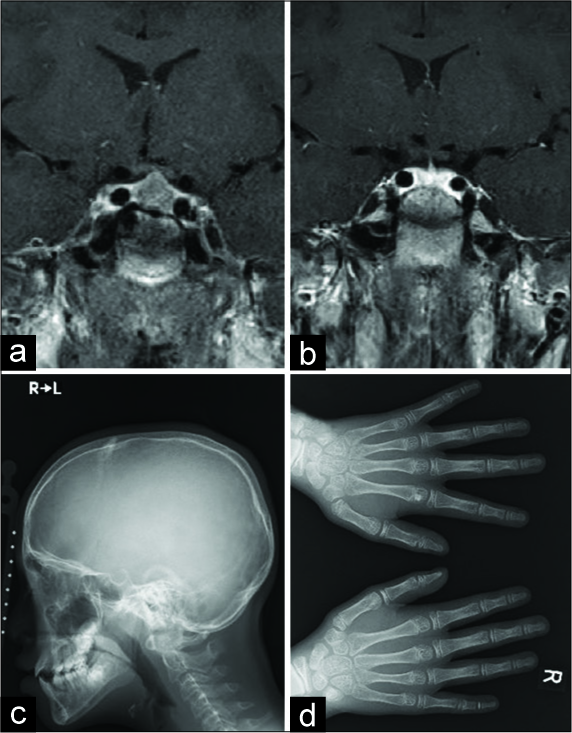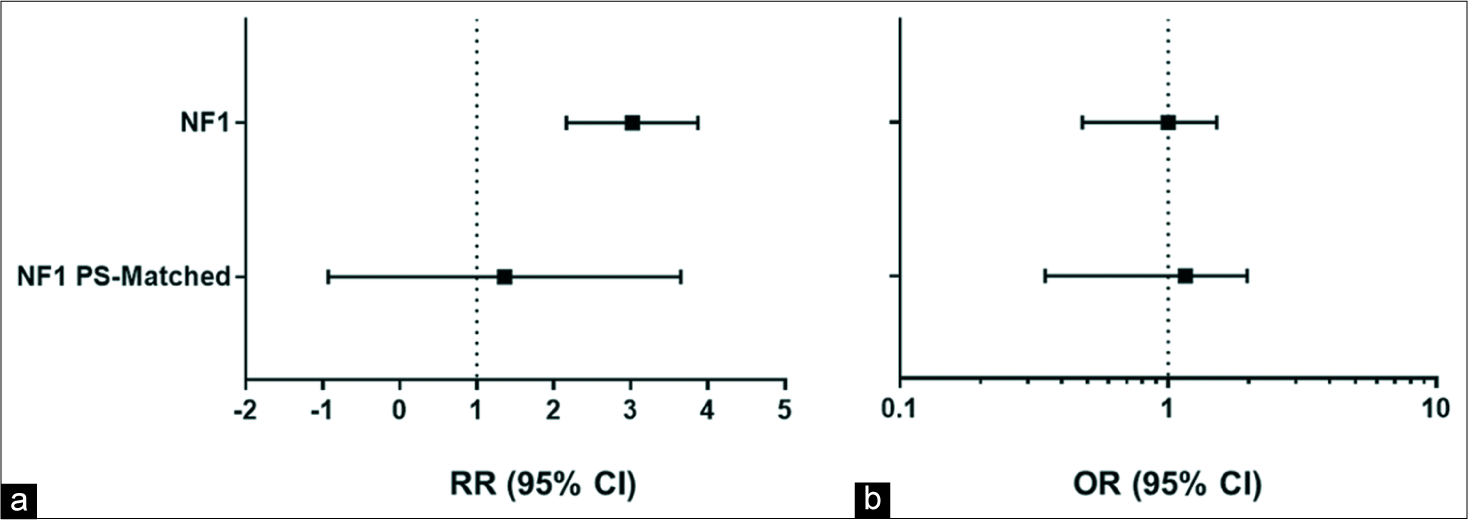Incidence of Major Vascular Injuries with Extreme Lateral Interbody Fusion (XLIF)
Date of publication: 18-Apr-2020
Background: Extreme lateral interbody fusions (XLIF) and minimally invasive (MI) XLIF theoretically offer wide access to the lumbar disc space. The theoretical advantages of XLIF include; minimally disturbing surrounding structures (e.g. neural, vascular, soft-tissue), while offering stability. In addition to the well-known increased frequency of neurological deficits attributed to XLIF, here we explored how often major vascular injures occur with XLIF/MI XLIF procedures.
Progressive dysphagia and dysphonia secondary to DISH-related anterior cervical osteophytes: A case report
Date of publication: 18-Apr-2020
Background: Dysphagia due to diffuse idiopathic skeletal hyperostosis (DISH)-related anterior cervical osteophytes is not uncommon. However, this rarely leads to dysphonia and/or dysphagia along with life- threatening airway obstruction requiring emergency tracheotomy.
Surgical treatment of a rare rosette-forming glioneuronal tumor in the pineal region
Date of publication: 18-Apr-2020
Background: Rosette-forming glioneuronal tumors (RGNTs) in the pineal region are rare. RGNTs have been described in the fourth ventricle, but rarely reported in other brain regions. Here, we report the radiological findings, surgical treatment, and short-term outcome of an RGNT found in the pineal region.
Intradural lumbar disc herniations at the L1–L2 level: A case study and literature review
Date of publication: 11-Apr-2020
Background: Intradural disc herniations (IDHs) are rare occurrences (0.26–0.30%), and most frequently involve the lumbar spine at the L4–L5 level. Here, we present a patient with an L1–L2 IDH and reviewed the current literature.
Rare dorsal thoracic arachnoid web mimics spinal cord herniation on imaging
Date of publication: 11-Apr-2020
Background: Dorsal arachnoid webs (DAWs) are rare clinical entities that can mimic other conditions on magnetic resonance imaging (MRI). Here, we present a case of DAW that was misdiagnosed on MR as a ventral cord herniation.
Magnetic resonance angiography with ultrashort echo time evaluates cerebral aneurysm with clip
Date of publication: 11-Apr-2020
Abstract
Contrast-enhanced computed tomography angiography is usually valuable for the evaluation of clipped cerebral aneurysm, but it has side effects of contrast medium. Time-of-flight magnetic resonance angiography (MRA) is a non-invasive and fast method. However, clip-induced artifact limits assessment of the artery in the vicinity of a clip. MRA with ultrashort echo time (TE) reduces metal artifact. We use MAGNETOM Aera 1.5T (SIEMENS, München, Germany) and perform pointwise encoding time reduction with radial acquisition (PETRA)-MRA using ultrashort TE for the assessment of the cerebral aneurysm after clipping. We, herein, presented two representative cases with a clipped aneurysm which could be evaluated by PETRA- MRA. Especially in one of them, the neck remnant was revealed by PETRA-MRA. PETRA-MRA can reduce the time and the invasiveness and may be helpful for the usual follow-up of the clipped aneurysm with the development of MRA technology in the future.
A biphasic tumor in posterior cranial fossa and the pineal region in young adult
Date of publication: 11-Apr-2020
Background: Biphasic tumors of the central nervous system are rarely described and mainly consisted out of the glial and mesenchymal component. The tumor originated out of both astrocytes and pinealocytes, best to our knowledge, has not been described. We present a case of a brain tumor consisted out of pilocytic astrocytoma (PA) and pineocytoma as components situated in the pineal region and posterior cranial fossa in young adult.
Opening of unusual vascular collaterals leads to early recanalization of a giant intracavernous carotid artery aneurysm following common carotid artery occlusion: A Case report and literature review
Date of publication: 04-Apr-2020
Background: Parent artery occlusion (PAO) with or without bypass surgery is a feasible treatment for large intracavernous carotid artery (ICCA) aneurysms. The ideal occlusion site (internal or common carotid artery [CCA]) and ischemic complications after PAO have received special attention since the description of the technique. Unfrequently, some patients can also develop unusual external carotid artery-internal carotid artery collateral pathways distal to the ligation site that can explain the failure to aneurysm size reduction.
Acromegaly in preadolescence: A case report of a 9-year-old boy with acromegaly
Date of publication: 04-Apr-2020
Background: Acromegaly has been reported in adolescents and young adults, but it is unusual in preadolescence. Diagnosis and management pose different challenges in this age group. Here, we present a rare case of acromegaly in preadolescence.
Does neurofibromatosis 1 status impact outcomes for pediatric/young adults undergoing spinal fusion?
Date of publication: 04-Apr-2020
Background: Although spinal deformities are common in patients with neurofibromatosis type 1 (NF1), there is a paucity of data as to how this impacts outcomes of spinal fusion surgery in pediatric/young adult patients.


